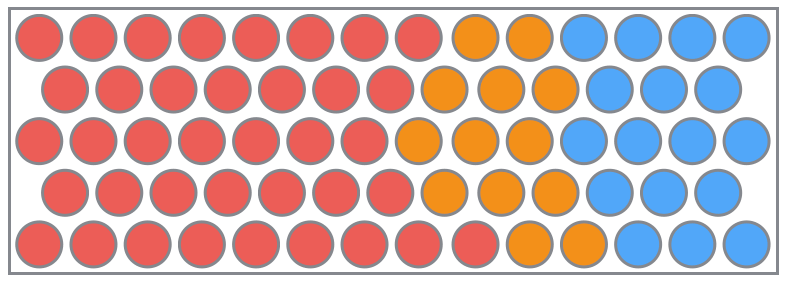When heat moves from a region of high temperature to a region of low temperature without the molecules actually moving from one place to another, this is called conduction. Molecules only vibrate about their average position, they don’t move from place to place.
Look at the diagram. As the object close to the flame receives heat it gets warm and the molecules begin to vibrate. The increase in heat of a body is displayed as an increase in the kinetic energy that the molecules possess. The vibrating molecules pass on their kinetic energy by ‘bumping’ into their neighbouring molecules and causing them to vibrate more vigorously. The neighbouring molecules begin to vibrate. Their kinetic energy increases and so that part of the object begins to get warm. This happens for the entire length of the solid and the heat is passed on in this way. Note that there is no flow of the molecules themselves they only vibrate about their average positions.
Good Conductors
All metals are good conductors of heat compared to other materials. This is because metals contain free electrons which move independently throughout the metal. These electrons move faster when the metal is heated and diffuse into the cooler parts of the metal and then transfer their kinetic energy.
All metals are good conductors
Poor conductors
Materials such as plastic, wood and glass are usually bad conductors of heat.
Trapped air acts as a very good insulator. Expanded polystyrene, fibre glass and thick clothes contain lots of trapped air and make excellent insulators.
Water is a poor conductor of heat. Understand that conduction does occur in liquids whenever molecules collide with each other but the rate of conduction is slower. Because in liquids and gases the molecules are further apart they are not as likely to collide with each other and pass on their kinetic energy in this way as readily as they do in solids.
Air and water are poor conductors of heat
[activecampaign form=1]


Leave a Reply